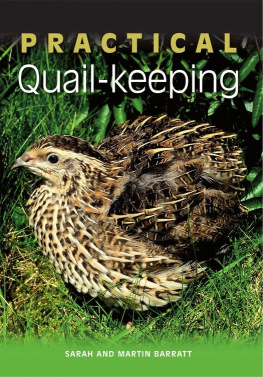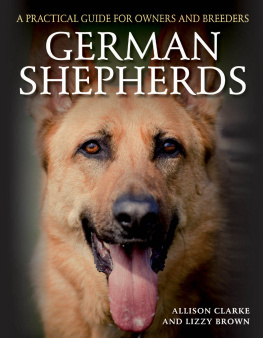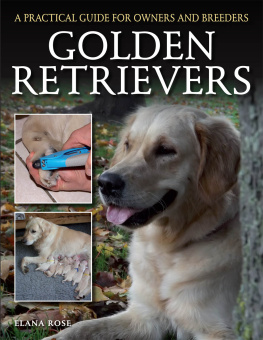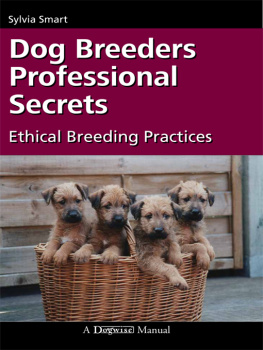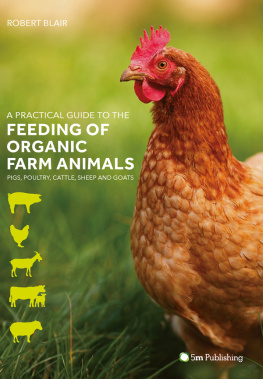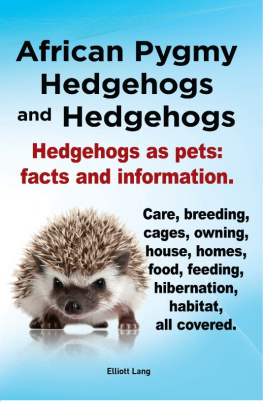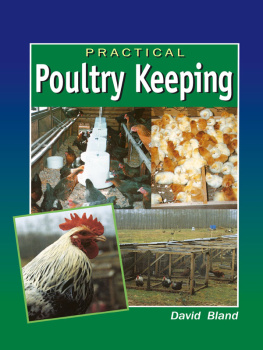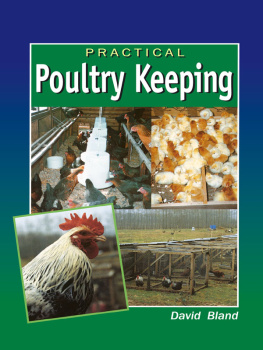
The VITAMEALO Modern Factory at Hammersmith W.6.
Principles of
PRACTICAL
PIG
BREEDING
& FEEDING
by
E. W. BROOKS
and
R. BOLTON
Contents

The Problem of the British Pig
IN a booklet it is impossible even to begin to deal adequately with the many aspects of Pig Breeding, Management and Feeding as they affect individual farms. Instead our objects must be, first, to outline the principles which we have found to be sound and regard as essentials of successsecond, to describe the VITAMEALO Pig Rations and their purposes as concisely and helpfully as possible.
Right at the outset we have to give this message:NO RATION CAN SUCCEED AS IT SHOULD UNLESS CONDITIONS ARE RIGHT.
Unfortunately, it is too common and too easy a practice to blame the food when trouble appears. Sometimes it may be the food but our experience is that where a properly balanced ration is being fed, the trouble can nearly always be traced to other factors. One of the duties of the VITAMEALO ADVISORY SERVICE is to explore any complaint in order to trace its source so that the Farmer can be shown in a practical way exactly how his trouble has been caused, and how repetition can be avoided.
The VITAMEALO ADVISORY SERVICE is free to our customers and we do want them to use it freely. Whenever a Farmer asks us to investigate troubles we welcome the opportunity, as it is to our advantage to have troubles traced to their source and properly handled. Better still, neither the Farmer nor we want troubles at all and so it is invariably much to the Farmers advantage to consult us first on any doubtful point so that he can be put right before trouble appears.
Pig schemes come and go, but recent events have shown the intention of the Government to take agriculture far more seriously than at any time since the war, and we feel safe in predicting that the latest Pig Scheme will be remodelled so that a permanent basis is found whereby the British pig can be produced at a profit. However unsatisfactory the original schemes have proved in practice, one factor nevertheless has been emphasized all the time, namely, that the Producer shall be paid according to the quality of the carcass he produces.
Gone is the day when a bad pig was paid for at the same price as a good one. For the sake of profit making and of justification of protection the Farmer must, to-day, breed and feed for the carcass in demand, if he doesnt, he can never expect the Government to continue its efforts on his behalf.
Great as has been the improvement in type since the inception of the Pig Scheme, there is still room for further improvement. Breeders should strive for length and more length, finer and still finer shoulders, and less fat at the collar and shoulder.
It must be realised that the fullest co-operation between the Producerthe Curerand the Food Manufacturer is necessary if we in this Country are to produce the correct side of Bacon. Lack of any such co-operation in the past has been largely responsible for the greater popularity of imported bacon, because the foreigner has realised what is required by this market and has supplied it.
The Farmer is too busy and has not the resources to carry out detailed nutritional research, but continual work of this nature will always be necessary and it is for the Food Manufacturer and others to undertake it in order that the Farmer can have available rations which will produce the right product economically.
We deal in this booklet with some of the principles affecting general management and feeding of pigs under conditions which exist to-day. We are all rather apt to be conservative in our methods, wondering sometimes whether all this talk of Balanced RationsProteinsVitamins, etc. is not all so much bunkum, and thinking of the old days when these things were unheard of and pigs did quite as well.
But one has to remember that this is an age of specialisation. There is a definite demand for a pig of a certain type, and if the British Farmer wont produce it, the Foreigner will. The importer is always at our door. By producing in bulk he cuts his cost. He controls his own market, keeping his prices at a level that enables him to send the surplus over here at any price it will fetch. That surplus is usually his best, the remainder is good enough for his own controlled and protected market.
We want to stress that our conclusions are drawn in large measure from our own practical experience, that beforeand ever sincewe marketed VITAMEALO we have had our Experimental Stations and Laboratories, that WE ARE COMPLETELY UNTIED AS TO ANY SINGLE INGREDIENT WE USE IN THE FORMUL OF EITHER OUR CONCENTRATES OR THE COMPLETE RATIONS, and finally, that our one idea is to market pig rations which will effect production at the cheapest cost. It is easy to produce flashes in the pan, but we aim at successful results measured over long periods, which, after all, can be the only true and permanent test of a ration. For this brings into consideration the health and breeding capabilities of the herd which definitely will suffer by ill-advised feeding designed to produce but momentary results irrespective of future considerations.
Principles of
Practical Pig Breeding
-1 MANAGEMENT
Costs. Figures vary enormously, but the following are cost figures obtained from reliable sources. Roughly, the accepted figure for the cost of producing an 8-week old weaner is 25/ on to-days prices. The West of Scotland Agricultural College say that their costs over the last few years have averaged at under 16/ per pig.
Under good management and using properly balanced rations it can be. reckoned that 3 1/4 lbs. of food will produce 1 lb. live weight. The National Pig Breeders Association take as their standard for Bacon live weight, 190210 lbs., so that, taking the weaners as weighing 30 lbs., it is necessary to put on, say, 180 lbs. weight. If we take a price of 9 per ton for food (variations can be worked out from the Table on ), and reckoning 3 1/4 lbs. of food for 1 lb. of flesh, the cost of food required is 2 7s. 6d., which, with an allowance of 10/ per pig for labour and overheads, and 25/ as the cost of the weaner, gives a total cost of 4 2s. 6d.
If we take a price for a Bacon Pig at a round figure of 12/ per score nett inclusive of bonus, etc., an 8-score pig will fetch 4 16s. od., leaving a balance of 13/6 to the producer. It is not possible, obviously, to calculate exactly what can be expected per pig, and our object in quoting the above figures is simply that they should act as a guide. Many producers complain bitterly of the basis on which prices have been calculated, the position being that this basis only meant profit if all went well but did not make provision for losses. The fact is that profits to-day depend on the most careful attention being given to economical feeding and good management. On farms, where this is the case, our knowledge is that money has been made during the last few years, but success depends on culling the bad doers, particularly those Sows who rear indifferent litters. If careful records are kept of every pig, the non-profitable Sows will be shown up and must be removed from the herd.
The type of pig that is required. The needs of the Bacon Curer and the Pork Butcher should always be before the Farmers eye. Briefly, one should breed for length and fineness, avoiding heavy shoulders, thick collar, heavy jowl, coarse bone or coat. For Bacon we prefer a CROSS, INVARIABLY USING THE LARGE WHITE AS SIRE because, although there is a tendency for the pure bred Large White to produce a large proportion of Grade A backs, at the same time the thinness of the belly is apt to give a very low percentage of Grade A bellies, a point that can be rectified by the use of females of the following breeds: Large Black, Wessex, Essex, Berkshire, Tamworth, Middle White, Welsh, and we confidently recommend the gilts from a first Cross of Large White Middle White to be mated to a Large White boar; females from this union can be used with even greater advantage to mate with the Large White.


